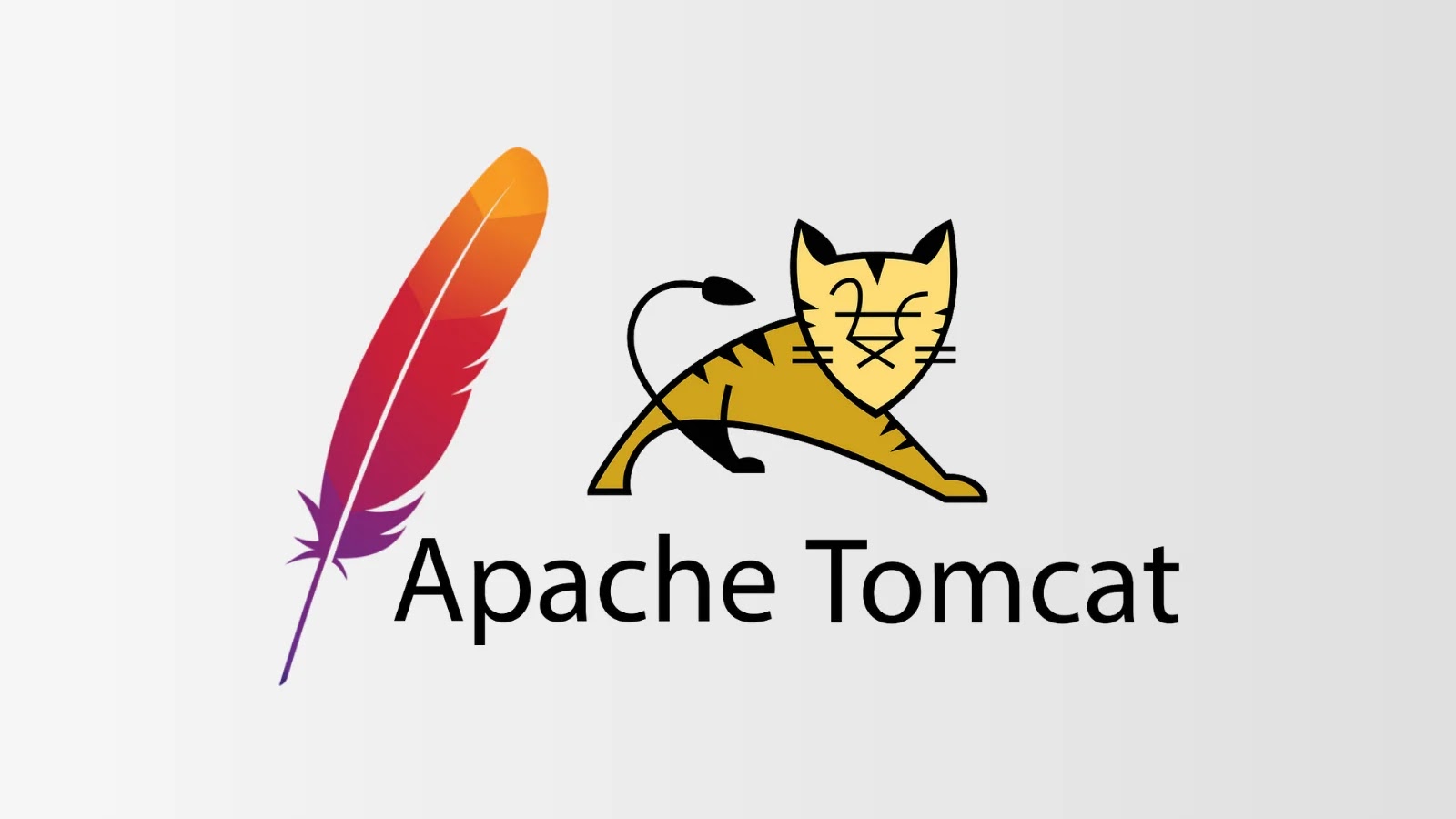
Apache Tomcat Security Vulnerabilities Expose Servers to Remote Code Execution Attacks
Urgent Alert: Apache Tomcat Vulnerabilities Open Door to Remote Code Execution
The digital landscape is constantly under siege, and few components are as critical to web infrastructure as Apache Tomcat. Powering countless web applications globally, its security is paramount. Recently, the Apache Software Foundation issued a stark warning, disclosing critical flaws that place servers at risk of remote code execution (RCE) attacks. This isn’t just another vulnerability report; it’s a call to immediate action for IT professionals, security analysts, and developers who rely on Tomcat to secure their applications and data.
Understanding the Threat: CVE-2025-55752 and CVE-2025-55754
On October 27, 2025, Apache publicly disclosed two significant vulnerabilities: CVE-2025-55752 and CVE-2025-55754. These flaws affect multiple versions of Apache Tomcat and represent a serious security concern for administrators and organizations. While the second vulnerability warrants attention due to undisclosed specifics in the provided source, it’s CVE-2025-55752 that presents the most immediate and severe threat: the potential for Remote Code Execution (RCE).
Remote Code Execution vulnerabilities are among the most dangerous due to their ability to allow an attacker to execute arbitrary code on a target system. In the context of CVE-2025-55752, this RCE risk is present under “specific configurations.” This implies that while not every Tomcat instance is immediately exploitable, those with particular settings could be wide open to attack. An attacker successfully exploiting an RCE vulnerability could gain complete control over the compromised server, leading to data breaches, system compromise, and further network infiltration.
Impact of Remote Code Execution on Apache Tomcat Servers
The implications of an RCE attack on an Apache Tomcat server are profound. Tomcat often serves as the backbone for critical business applications, processing sensitive data and facilitating essential operations. A successful RCE exploit could lead to:
- Data Exfiltration: Attackers can steal sensitive customer data, intellectual property, or confidential business information.
- System Takeover: Full control of the server allows attackers to install malware, establish backdoors, or even launch further attacks on other systems within the network.
- Service Disruption: Servers could be shut down, leading to significant downtime and financial losses for businesses.
- Reputational Damage: Data breaches and system compromises severely damage an organization’s trust and public image.
Affected Versions and Prioritization
While the exact affected versions are not specified in the provided source, the mention of “multiple versions of Tomcat” indicates a broad impact. Organizations must consult the official Apache Tomcat security advisories for precise version information and to understand the full scope of the vulnerabilities. Prioritizing patching efforts for publicly exposed or internet-facing Tomcat instances is crucial, as these are the most likely targets for attackers.
Remediation Actions
Immediate action is required to mitigate these critical Apache Tomcat vulnerabilities. Follow these steps to secure your systems:
- Review Official Apache Advisories: Refer to the official Apache Tomcat security advisories for detailed information on affected versions and specific patch releases. This is your primary source of truth.
- Apply Patches Immediately: Upgrade your Apache Tomcat installations to the latest secure versions as soon as patches become available. Configure automated patch management where possible.
- Assess Network Exposure: Identify any Apache Tomcat instances that are directly accessible from the internet. These systems should be the highest priority for patching.
- Review Configurations: Investigate if your Tomcat configurations align with the “specific configurations” mentioned in relation to CVE-2025-55752. Harden configurations by disabling unnecessary features and adhering to least privilege principles.
- Implement Web Application Firewalls (WAFs): A WAF can provide an additional layer of defense by detecting and blocking malicious requests targeting known attack patterns, even before patches are applied.
- Regular Security Audits: Conduct regular security audits and penetration testing of your web applications and underlying Tomcat infrastructure to identify and address potential weaknesses.
- Monitor Logs: Continuously monitor Apache Tomcat access logs and system logs for suspicious activity, failed login attempts, or unusual resource utilization.
Tools for Detection and Mitigation
Leveraging appropriate tools can significantly aid in identifying and mitigating these types of vulnerabilities. Here’s a brief overview:
| Tool Name | Purpose | Link |
|---|---|---|
| Vulnerability scanner for network and web application vulnerabilities. | https://www.tenable.com/products/nessus | |
| Open-source vulnerability scanner, can detect many common web app flaws. | http://www.openvas.org/ | |
| Open-source Web Application Firewall (WAF) to protect against RCE and other attacks. | https://modsecurity.org/ | |
| Free and open-source web application security scanner for developers and security professionals. | https://www.zaproxy.org/ |
Conclusion
The disclosure of CVE-2025-55752 and CVE-2025-55754 highlights the persistent need for vigilance in cybersecurity. For organizations running Apache Tomcat, these remote code execution vulnerabilities present a critical risk that demands immediate attention. Proactive patching, secure configuration, and robust security practices are not merely suggestions but essential defenses against sophisticated cyber threats. Stay informed, act swiftly, and prioritize the security of your web infrastructure.





